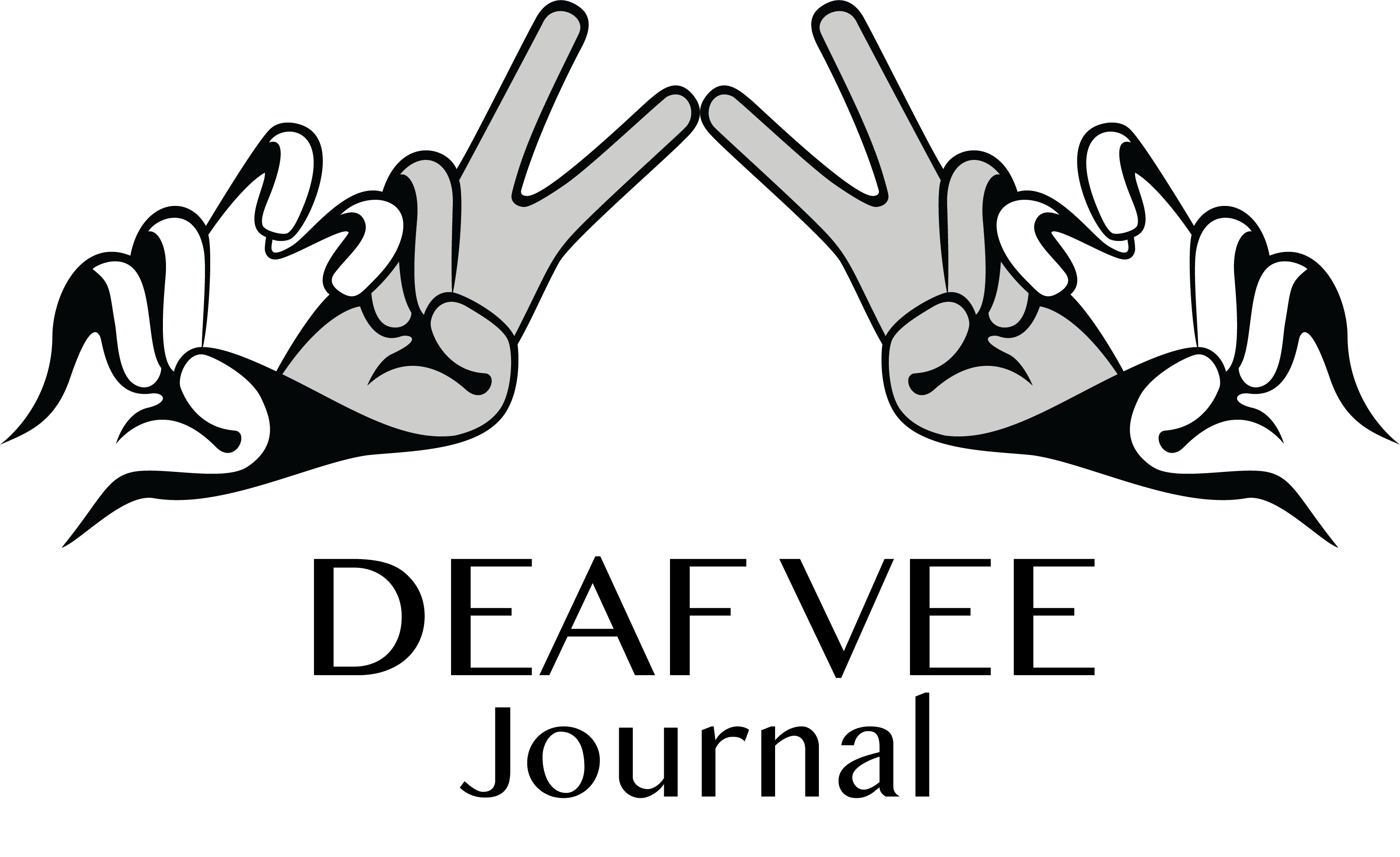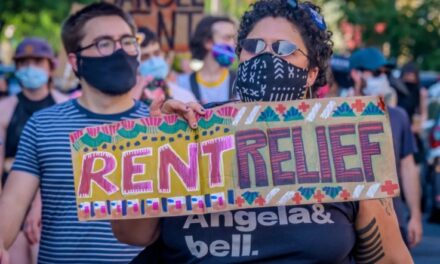While the majority of people are gearing up for a whole month of fun activities and events to celebrate PRIDE month, there are some who dread it. For years, people with disabilities have been asking for accessible events and even as the world re-opens and navigates COVID-19 safety, many events are still virtual. We need to stop treating accessibility as an afterthought. If you are thinking about hosting a PRIDE event on an online platform (i.e., Zoom, Facebook, Instagram, etc.), here are some tips.
Nix Automated Captioning
The idea of automated captioning sounds awesome, which Zoom currently offers on their platform. It may be fairly accurate from time to time, but it is not quite there in terms of 100% accuracy and consistency. 3PlayMedia said it best: “In order to avoid litigation, it’s important to make sure that your content is captioned. But that’s not all. Inaccurate and intelligible captions are not accessible and because of that, they are not going to protect you from a lawsuit” (3PlayMedia).
Even if the captions are 100% accurate, written English, Spanish, French or any other language is a second or third language for many Deaf, DeafBlind, DeafDisabled, and hard of hearing community members. It is vital for community members to have full access for inclusion, and automated captioning alone does not provide that.
Certified Interpreters ≠ Qualified Interpreters
There are hearing signers fluent in ASL (American Sign Language) and that is great, but are they qualified? ASL interpretation is a whole different ball game from conversational ASL. It is essential to keep in mind that just because an interpreter is certified, it does not mean that they are qualified to work that specific assignment. It is the same idea for non-certified interpreters… being non-certified does not automatically mean they are not qualified either. So, the best course of action is to ask Deaf, DeafDisabled, hard of hearing, and late-deafened community members directly about their preferred interpreters and recommendations.
Also, if the event is Deaf-led, it’s best practice to have voice interpreters in English or Spanish for inclusivity of DeafBlind, hard of hearing, late-deafened, or hearing folks who prefer to have audio access as well.
Who’s Your Audience?
Now, the existing certification agencies for sign language interpreters (i.e., RID, BEI) currently do not provide certification exams for Black ASL (BASL), Mexican Sign Language (LSM), Plains Indian Sign Language (PISL), and various other sign languages.
If you are hosting an event for Black people only, you will want to make it accessible for Black Deaf, DeafDisabled, hard of hearing, and late-deafened community members. Work with them for BASL interpreter preferences (including how to screen the potential interpreters) and provide accordingly.
As for Indigenous Deaf communities, find out what sign language they use. Examples are Plain Indian Sign Language, Navajo Sign Language, or Cree Sign Language. Ask what interpreters they want.
Do you live in an area where there may be a large number of Mexican Deaf community members using LSM? Connect with them and work together to arrange interpreters proficient in LSM.
Nowadays it’s so easy to think that ASL is the universal sign language used in the United States, when it’s not the case. Do not be quick to assume that ASL would suffice.
Backgrounds & Colors Matter
When hosting an event, the webinar backgrounds and colors with a flash of brightness may be fun but it does have an impact on Deaf, DeafBlind, DeafDisabled, hard of hearing, and late-deafened folx as well as folx who may have sensory processing disorders. The attendees may struggle trying to clearly see the host or the presenter on screen, or they may have sensory overload and not be able to focus.
Of course, this is not to say that you can’t have fun with backgrounds, colors, or designs. Just be mindful with the virtual background, online presentation, attire, and other design factors!
Include Transcripts, Descriptions, and Breaks Too
Transcripts, image/video descriptions, and breaks evenly spread out need to be incorporated in every event. People often think captioning is enough, so there’s no need for transcripts. Transcripts are key for Deaf, DeafDisabled, DeafBlind, hard of hearing, late-deafened and blind community members to have access – the attendee sometimes can’t keep up with the captioning or the captioning is not large enough for ease of reading, so transcripts help them backtrack on what they may have missed out on.
Image/video descriptions need to be voiced out and featured in text format across both captioning and transcripts, for community members who are blind to have that access of information.
Deaf, DeafDisabled, DeafBlind, hard of hearing, and late-deafened community members often have eye fatigue from watching the events and trying to follow along, so breaks are essential in between parts of the event. It also is great for the interpreters and captioners.
Don’t Forget to Record!
If the event is a presentation, workshop, or any other type of opportunity for community members to be educated or engage in self-introspection, you want them to be fully engaged instead of having to worry about taking notes and missing out here and there. Recording your events increases the likelihood of reaching even more community members.
Deaf ≠ Access Knowledge
Just because a person is Deaf, it does not mean that they are aware of how to meet all accessibility needs. There are several examples where Deaf-led organizations hosted online events without interpreters, captioning, transcripts, image/video descriptions, breaks, or recording the events. Transcripts with descriptions is one of the most often-forgotten aspects of accessibility.
Note this is not an all inclusive resource for accessibility for those with disabilities watching Zoom or other online meetings/events. Please mention the accommodations you are planning to provide on the event flyers or ads, include a clear email address for RSVP by a specific date, and that will encourage more Deaf, DeafBlind, DeafDisabled, hard of hearing, and late-deafened community members to show up. Make it clear that people with disabilities can contact you at the said email address if they need additional accommodations on top of what accommodations you plan to provide, and follow through on the requested accommodations the best you can. Do not advertise any of your events at the last minute either, as community members need time to plan their lives around the events.





